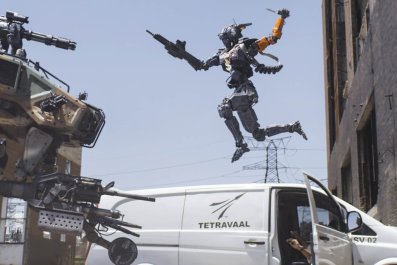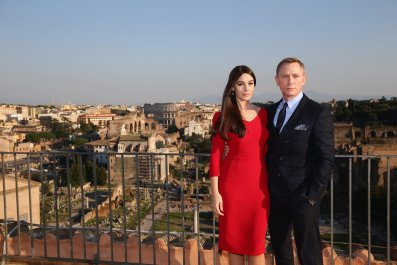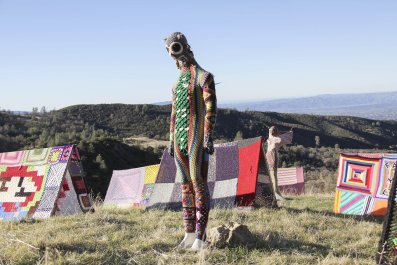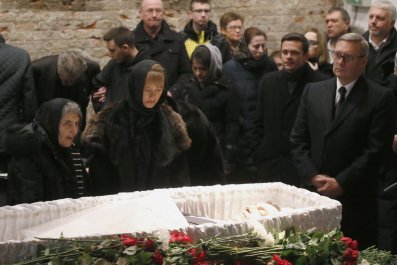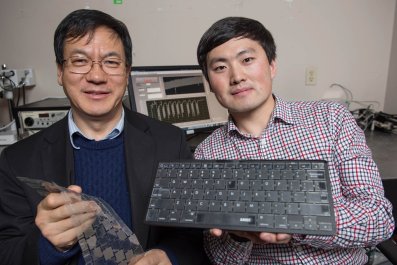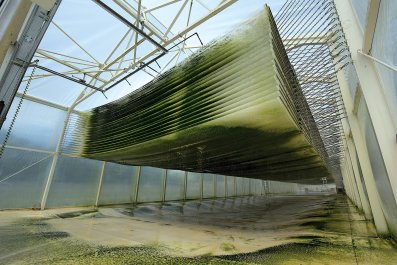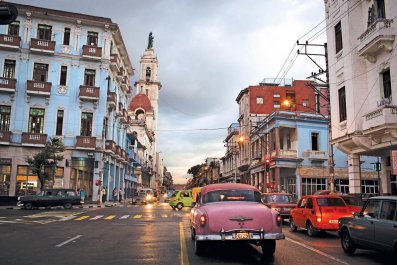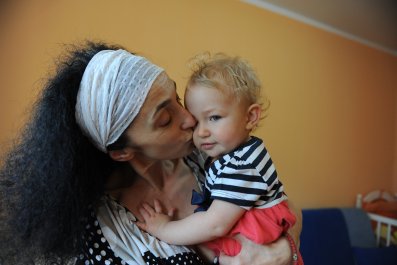I was recently bemused to see that Bill O'Reilly, the Fox News host, managed in 2012 to parachute himself back in time to March 29, 1977 so as to make himself a witness to the gunshot that killed George de Mohrenschildt.
De Mohrenschildt, a well-connected Russian émigré, was a figure of interest in the mystery of the assassination of President John F. Kennedy because he had befriended Lee Harvey Oswald, the alleged assassin of JFK. How did O'Reilly get into the act? In his 2012 best-selling book Killing Kennedy: The End of Camelot, he wrote himself—as a 29-year-old reporter—into the de Mohrenschildt death scene, stating on page 300: "As the reporter knocked on the door of de Mohrenschildt's daughter's home, he heard the shotgun blast that marked the suicide of the Russian, assuring that his relationship with Lee Harvey Oswald would never be fully understood. By the way, that reporter's name is Bill O'Reilly."
But O'Reilly's insertion suffers from a reality deficiency disorder. How do I know? I was the actual—and only—reporter interviewing de Mohrenschildt on the last day of his life in 1977. I was meeting him at the Breakers Hotel in Palm Beach, Florida, because I was writing a biography of Oswald (Legend: the Secret World of Lee Harvey Oswald).
Because de Mohrenschildt could have helped clarify Oswald's putative connections with the CIA, the FBI and other intelligence services, I paid him $4,000 for an exclusive four-day interview. I also rented a blue Ford LTD sedan for de Mohrenschildt so that he could travel during those days between my suite at the Breakers and the home of C.E. Tilton in the nearby town of Manalapan, Florida, where he and his 33-year-old daughter Alexandra were staying as guests. During the interview on March 29, de Mohrenschildt asked me to get him a photograph from his Dallas lawyer to confirm part of his story. Then, at around 1 p.m., we broke for an hour for lunch. De Mohrenschildt drove back to Manalapan. As he departed, he told me with a wry smile that the town was best known for the mysterious disappearance and murder of Judge Curtis Chillingworth in 1955.
Less than two hours later, de Mohrenschildt was found shot to death on the second floor of the Tilton home. The West Palm Beach deputy sheriff arrived at my hotel and questioned me and my research assistant, Nancy Lanoue, who had been taking notes during the de Mohrenschildt interview. We both were then taken to the county courthouse, where I was interviewed by state's attorney David Bludworth. The next day, two FBI agents questioned me further and told me of the circumstances of the death.
Subsequently, Bludworth gave me the investigative file to allay my suspicions that it might have been murder. Afterward, I spoke to Alexandra, and to other family members. From what I learned about the case, O'Reilly's story does not fit the facts.
For one thing, O'Reilly put himself at the wrong house. He writes he was on the steps of the home of de Mohrenschildt's daughter when he heard the shot. But de Mohrenschildt was not at his daughter's home (158 Villa Longine in Mexico City); he was at Tilton's home in Florida.
Another minor problem is O'Reilly's claim to have been an ear-witness to the death. In the 2013 version of his book for younger readers, he wrote: "As I knocked on the door, I heard a shotgun blast. He had killed himself." According to the police report, however, no one inside or outside the house heard the shot (which was fired in the second-floor hallway outside Nancy Tilton's bedroom). A maid, Anna Vitsula, said she had been in Mrs. Tilton's room a few minutes earlier to turn on an external recorder to tape a television show, but did not hear a shot. Five other people on the staff also said they didn't hear the report of the shotgun. When I asked Bludworth why no one in the house heard the shot, he said it was probably because the blast was partly absorbed by the body, the carpet and the furnishings. In any case, because no one heard a shot, the body was not discovered for some 15 minutes after the shooting.
The exact time of the shot was established as 2:21:03 p.m. after an examination of the recorder in Tilton's bedroom, which was taping The Doctors. On the tape, the shot from de Mohrenschildt's gun could be heard, as could the sound of the shotgun falling on the floor.
Police investigators also determined the exact time the downstairs doors were opened because they were connected to a Rawlins Alarm System that beeped when there was movement. The beeps were recorded on the same Doctors tape, and the timing of each beep could be matched to the accounts given by staff members of when they entered and left the house. For example, Lillian Romani, the Tiltons' cook, had been outside sunbathing at the time of the shooting and re-entered the house at 2:23 p.m., just two minutes after the shooting. Meanwhile, Coley Wimbley, the gardener, was watering the plants outside the house at the time of the shooting and Dianne and Laurie Tisdale, who were working at the Tilton home, were getting ready to drive to West Palm Beach.
None of these people saw a stranger (or a reporter) arrive at or leave the property, much less standing on the doorstep.
About 10 minutes after the shot was fired, Alexandra returned by car from a shopping trip in Boynton Beach. She was, like her father and her friend Katherine Loomis, a house guest. When she went to her father's room to give him a gift, she found the body.
O'Reilly's depiction of his phantom-like presence at the crime scene is odd for another reason. If he had heard the gunshot, as he claims, he must have realized that he was an ear-witness to a possible murder of an important figure in the JFK assassination. It would stretch credibility to believe that a reporter as earnest as O'Reilly would flee the crime scene without reporting what he had witnessed to anyone for 35 years.
One possible reason for O'Reilly's invisibility to everyone at the Tilton home that day was that he was in Dallas, where he worked at the local TV station WFAA. There are tape recordings of O'Reilly on the telephone in his Dallas office on March 29, 1977, the day he claims to have been on the doorstep of Alexandra de Mohrenschildt's home. They were unearthed by researcher and author Jefferson Morley.
According to these tapes, O'Reilly made several long-distance calls to Gaeton Fonzi, an investigator for the House Select Committee on Assassinations, in Palm Beach in the late afternoon and evening of March 29. He can be heard on the scratchy recordings asking Fonzi about the veracity of rumors that de Mohrenschildt had been killed earlier that day. These recordings, which were made by Fonzi, appear to put O'Reilly 1,200 miles away from the death scene in Florida.
How could O'Reilly be in two places at the same time, one may ask? In his 2012 account, the inventive O'Reilly may have been emulating the time-traveling investigator Jake Epping, who went back in time to solve the JFK assassination in Stephen King's 2011 best-selling book 11/22/63. Epping in that book used time travel to drop in on George de Mohrenschildt before he killed himself. But of course Epping's feat was pure fiction.
Update: Newsweek has published the police report from the de Mohrenschildt suicide.
An earlier version of this article incorrectly stated that Newsweek had reached out to both Bill O'Reilly and Fox News for comment before press time. Since publication, Fox News has not provided additional comment.





